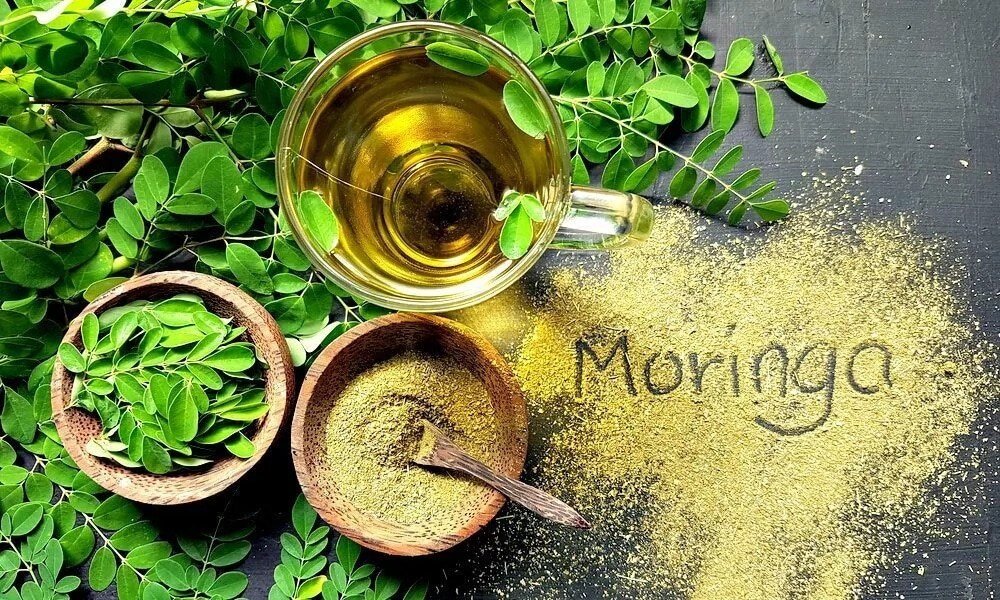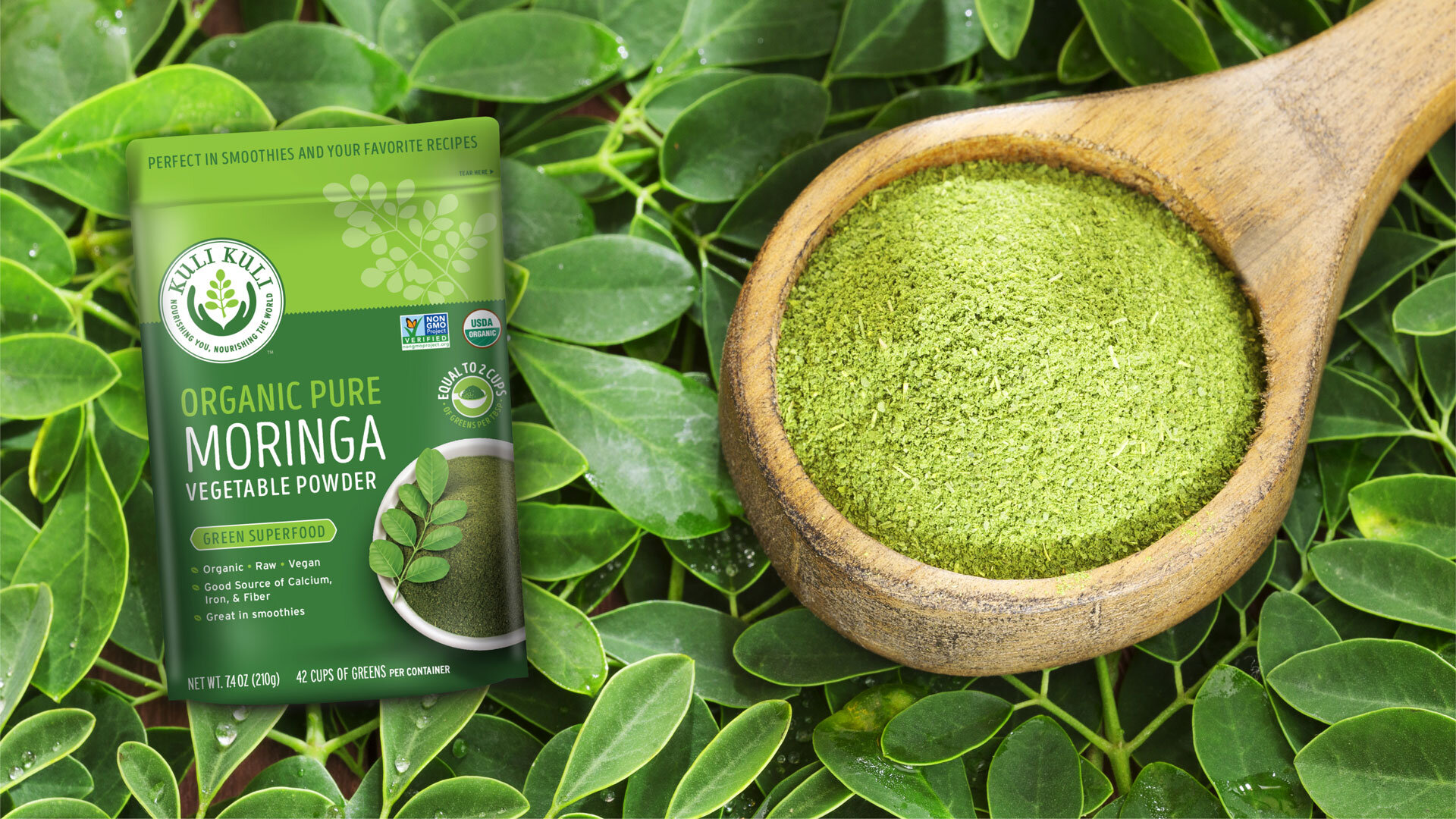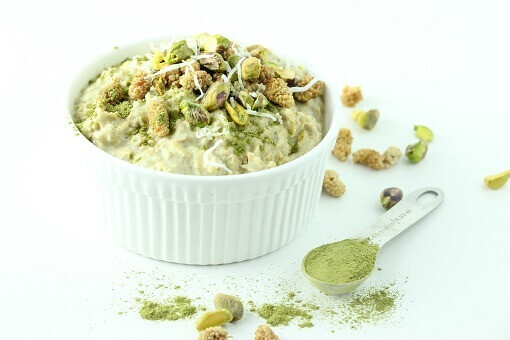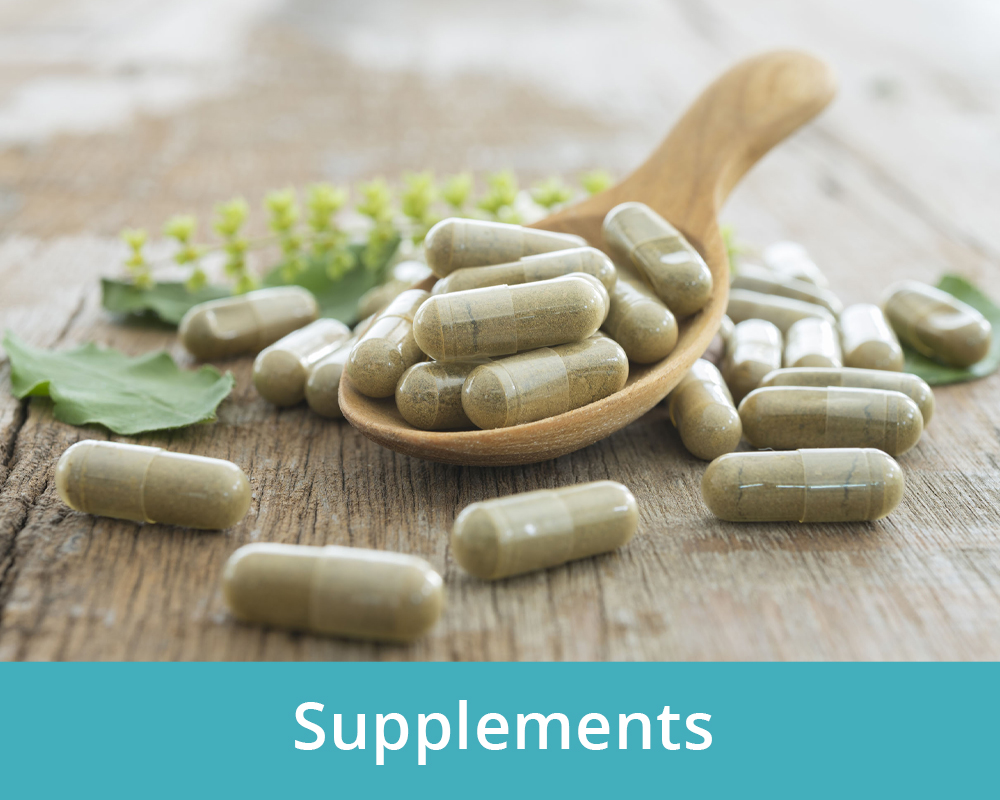
Heard of Moringa before? You might want to go and get some after reading this….
Moringa (moringa oleifera) is also known as the Ben Oil Tree, Drumstick Tree, or Indian Horseradish. Moringa is a fast- growing tree typically cultivated in India, tropical Asia, Africa and Latin America, yielding long seed pods that resemble drumsticks, hence the name Drumstick Tree.
Moringa has long been used in eastern medicine to treat many ailments such as low energy, adrenal fatigue and helps to naturally detox the liver just to name a few. As a dietary supplement, Moringa is high in protein, B vitamins, vitamins A and C and contains minerals such as calcium and iron.
It is also rich in flavonoid, a class of compounds found in plants that contribute to essential plant functions. According to the Food and Agriculture Organization of the United Nations, “Moringa products have antibiotic, hypotensive, anti-spasmodic, anti-ulcer, anti-inflammatory, and blood sugar balance properties”. In essence, this makes Moringa a new superfood that is nutritious and medicinal.
Moringa is particularly mentioned in Ayurvedic treatments as the most nutritious tree in India. In traditional Indian Ayurvedic treatments, moringa is used as a natural and safe detox, often used as a regular tonic of the body. Apart from wellness from within, moringa leaves and barks can be processed into a balm for external application, alleviating joint pains and rheumatism as the plant has a mild analgesic effect. It’s no wonder the Moringa plant is now being hailed as the latest superfood.
In the western world, Moringa products come in various forms, with the most convenient and widely-available form being Moringa powder ground from dried leaves and taken as a supplement in pill form.

Some of the Wonderful Health Benefits of Moringa:
- Traditionally used as an aphrodisiac to support a healthy sex drive, and showing promise in clinical studies for male sexual enhancement (v).
- It’s nutrient-packed. Moringa contains vitamins A, C, and E; calcium; potassium; and protein.
- Fights free radicals – molecules that cause oxidative stress and cell damage (i).
- It fights inflammation – helping to prevent chronic diseases like diabetes, respiratory problems, cardiovascular disease, arthritis, and obesity (ii) (iii).
- Reduces diabetes symptoms by reducing lipid and glucose levels (iv).
- Protects cardiovascular system – prevents plaque formation and reduces cholesterol levels.
- Protects the liver with high concentrations of polyphenols.
- Has antimicrobial and antibacterial properties to fight infections.
How to Use Moringa
Here is your guide to taking Moringa in all it’s forms so you can start benefiting from this wondrous superfood.
In Pill Form
Due to different manufacturing styles and ways to process the plant, the dosage can be varied. Always check the label for recommended dosage given they have different concentration of active ingredients. Usually it’s one pill per day.
In Powder Form
For Moringa leaf powder, it is typically sold in packets or jars. For the most effective health benefits, it’s best taken raw, as heat may destroy some of the useful and healthful compounds. The general instructions for various brands seem to suggest starting off slow and adding more powder day by day in order for the body to get used to the detoxifying qualities of Moringa. Start off with a quarter teaspoon added to your smoothies, iced tea, water or sprinkled on your breakfast such as yoghurt or chia pudding and slowly build up to 1 tablespoons a day.
Seeds and Leaves
You might come across roasted whole Moringa seeds or even whole leaves. These are usually hard to come by so if you want to use these, it’s best to check your local health food store, Asian markets or Traditional Chinese Medicine practitioners. The seeds are typically bitter and astringent though; how much you use will depend on personal taste. To use Moringa seeds, remove the shell and chew five to ten seeds a day if possible, or grind them into powder and sprinkle on your food.
When it comes to cooking Moringa leaves and seeds, the spices used in Indian cooking, such as cumin and turmeric, complement the anti-inflammatory effect of Moringa. If eaten raw, start off with a quarter cup of leaves per day, and build up to half cup a day.
Precautions
No matter how you choose to have your Moringa for its therapeutic effect, the key is moderation and consuming it in line with you and your body. For some that means being able to handle more at first, for you it might be to only take a quarter of the recommended dosage.
Being a superfood, it’s important to remember that Moringa is ultimately not medication but a nutrient-rich food that supports a healthy diet and lifestyle. It’s not meant to be a superfood that gives you everything you need or a cure for all your ailments.
If you are pregnant, never consume Moringa tree bark or root as it could cause early labor or uterine contractions. If you are menstruating, it can cause excessive bleeding due to the detoxifying nature.
As always, consult your doctor before incorporating Moringa into your daily diet.

HEALTHY MORINGA OATMEAL
Turn your oatmeal into a nutrient-packed power breakfast with the addition of Moringa – ready in 10 minutes!
Ingredients:
- 4 cups gluten-free rolled oats
- 5 cups almond milk
- 2-3 tbsp maple syrup
- 2 tsp vanilla extract
- 2-3 tsp moringa powder
- 1/3 cup pistachios, chopped
- 1/3 cup dried mulberries
- 1/4 cup unsweetened shredded coconut
- 2 tbsp chia seeds, optional
Instructions:
- In a medium sauce pan, add the rolled oats, milk, vanilla extract and maple syrup.
- Cook the mixture over low to medium heat, stirring occasionally, until some of the milk has been absorbed and the oats have softened, about 5-7 minutes.
- Turn the heat off and add the moringa powder and the remaining ingredients. Stir and serve.
*recipe adapted from The Nutty Scoop
References:
i. Food Chem Toxicol. 2009 Jun;47(6):1109-16. doi: 10.1016/j.fct.2009.01.034.
Oxidative DNA damage protective activity, antioxidant and anti-quorum sensing potentials of Moringa oleifera. Singh BN1, Singh BR, Singh RL, Prakash D, Dhakarey R, Upadhyay G, Singh HB.
ii. Pak J Pharm Sci. 2014 Mar;27(2):397-403. Review: an exposition of medicinal preponderance of Moringa oleifera (Lank.). Hussain S1, Malik F1, Mahmood S2.
iii. Bioorg Med Chem. 2010 Sep 1;18(17):6598-602. doi: 10.1016/j.bmc.2010.03.057. Epub 2010 Mar 29. Potential anti-inflammatory phenolic glycosides from the medicinal plant Moringa oleifera fruits. Cheenpracha S1, Park EJ, Yoshida WY, Barit C, Wall M, Pezzuto JM, Chang LC.
iv. Eur Rev Med Pharmacol Sci. 2011 Jul;15(7):803-8. Alpha-glucosidase inhibitory activity and lipid-lowering mechanisms of Moringa oleifera leaf extract. Adisakwattana S1, Chanathong B.
vi. J Zhejiang Univ Sci B. 2015 Mar; 16(3): 179–190. Moringa oleifera extract enhances sexual performance in stressed rats. Thawatchai Prabsattroo et al.





